- Academics
- Admissions & Enrollment Services
- Research
- Academic & Creative Spaces
- Strategic Partnerships
- Our Impact
- Student Affairs
- Campus & Community
Art and Design Now, VCUarts Qatar’s year-end show, at M7 from May 5th
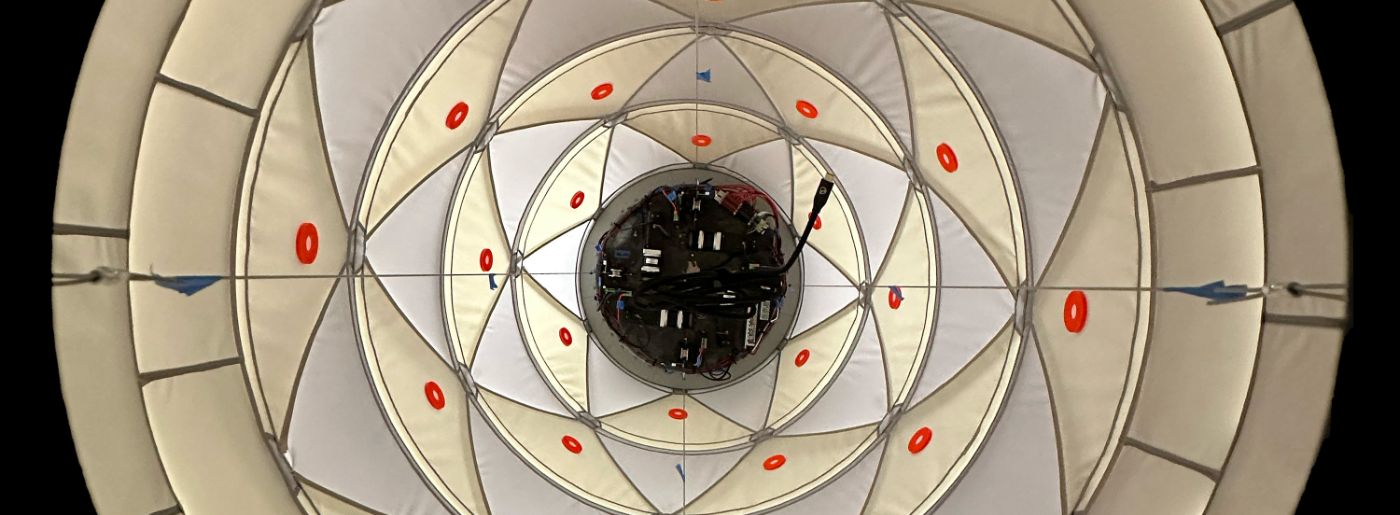
London Design Biennale 2025
Matter Diplopia
June 5-29, 2025
Somerset House, London, United Kingdom
“Matter Diplopia” is VCUQatar’s first exhibition with the London Design Biennale. It is a collaborative effort of faculty, students, and alumni, representing diverse perspectives and disciplines. It features an array of experimental and exploratory projects that integrate traditional modes of making with emergent technology. Framed by the duality of the built environment and heritage, the installations are rooted in cultural legacy and material innovation.
Central to “Matter Diplopia” are the themes of fluidity, transference, and material agency. The works embody the continuous exchange between local and global influences. They demonstrate how materials can go beyond their origins and offer unique or alternative perspectives that address issues that are at once complex and universal.
“Matter Diplopia” invites you to view the work through multiple lenses – material innovation, culture, built environment, history, technology and the environment. By doing so, it accommodates diverse interpretations and spurs important conversations.
The visitor is invited to explore and interact with the exhibition’s nine works and then go deeper into the artists’ perspectives and processes through the embedded experiential Research Hub where film, images, words and sound tell the rest of the story.
For more information on London Design Biennale and visiting VCUarts Qatar’s pavilion, click here.
Chrysalis

Chrysalis is designed to inhale and exhale, a machine that cleans the air. With its top half held rigid and suspended from above, its kinetic bottom half retracts upward—concentric rings of air-tight fabric. As the rings rise, they compress the internal volume, pushing air out through one-way valves. After exhaling, the weighted rings drop, drawing air in through layers of materials designed to capture, transform or neutralize unwanted airborne gases, toxins, particulates and bacteria. An audible rush of air and snap of fabric signal freshness and give the sculpture a sentient physical presence.
Team members:
- Rab McClure
- Rola Al-Soubaihi
- Erzum Naqvi
- Dr. Khaled Saoud
- Levi Hammett
- Mohammad Suleiman
- Dr. Haithem El-Hammali
- Ryan Browning
- Dr. Giovanni Innella
Discursive Instrumentation
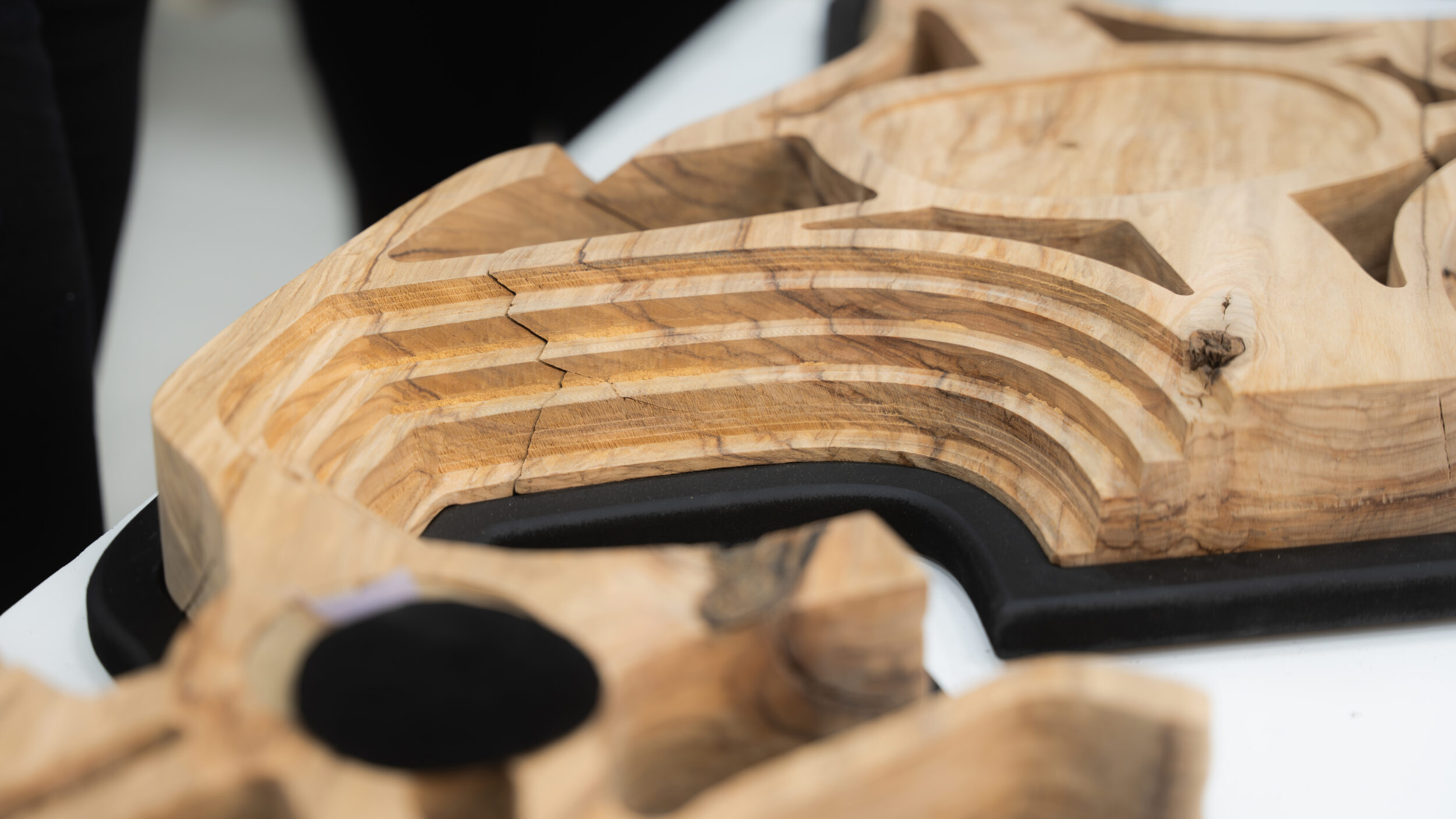
Qatar’s urban spaces represent a cultural terrain made up of movement and migration. This terrain embraces modernity and technology, accommodating diverse cultural diasporas. “Discursive Instrumentation” brings this cultural environment to life by reproducing the soundscape of Doha. The instrument “The Body” represents infrastructure through vertical harmonic arrangement. “The Worker” represents the individual through linear polyphony. “The City” represents movement through beat and vibration.
A visitor interacting with each part of the installation comes across the familiar and unfamiliar. Yet, when combined together, the resulting soundscape creates something completely new.
Team members:
- Shankar Padmanabhan
- Dana El Ladki
- Hagar Allam
- Hira Nisar
DubDoubt

“Dubdoubt” is inspired by the sound-system, a pyramid of speakers invented by Jamaican DJs in the 1960’s. In this installation vibrating sculptures replace the speakers. These sculptures, with the features of a dub icon, are reproduced by artists from Egypt, Qatar and Italy. From one side, peer at them through filters inspired by Arabian ‘mashrabiyas’ or privacy screens. Move to the other to touch the sculptures and feel the vibrations set off by separate tracks of a tune.
The use of different materials results in distinct vibrations or ‘surface reflections’. Diverse artists, cultures and trajectories challenge the doubt of appropriation, dubbing positive vibrations.
Team members:
- Simone Carena
- Marco Bruno
- Sherin Karawia
- Alaa Albarazy
Dunes and Dugongs
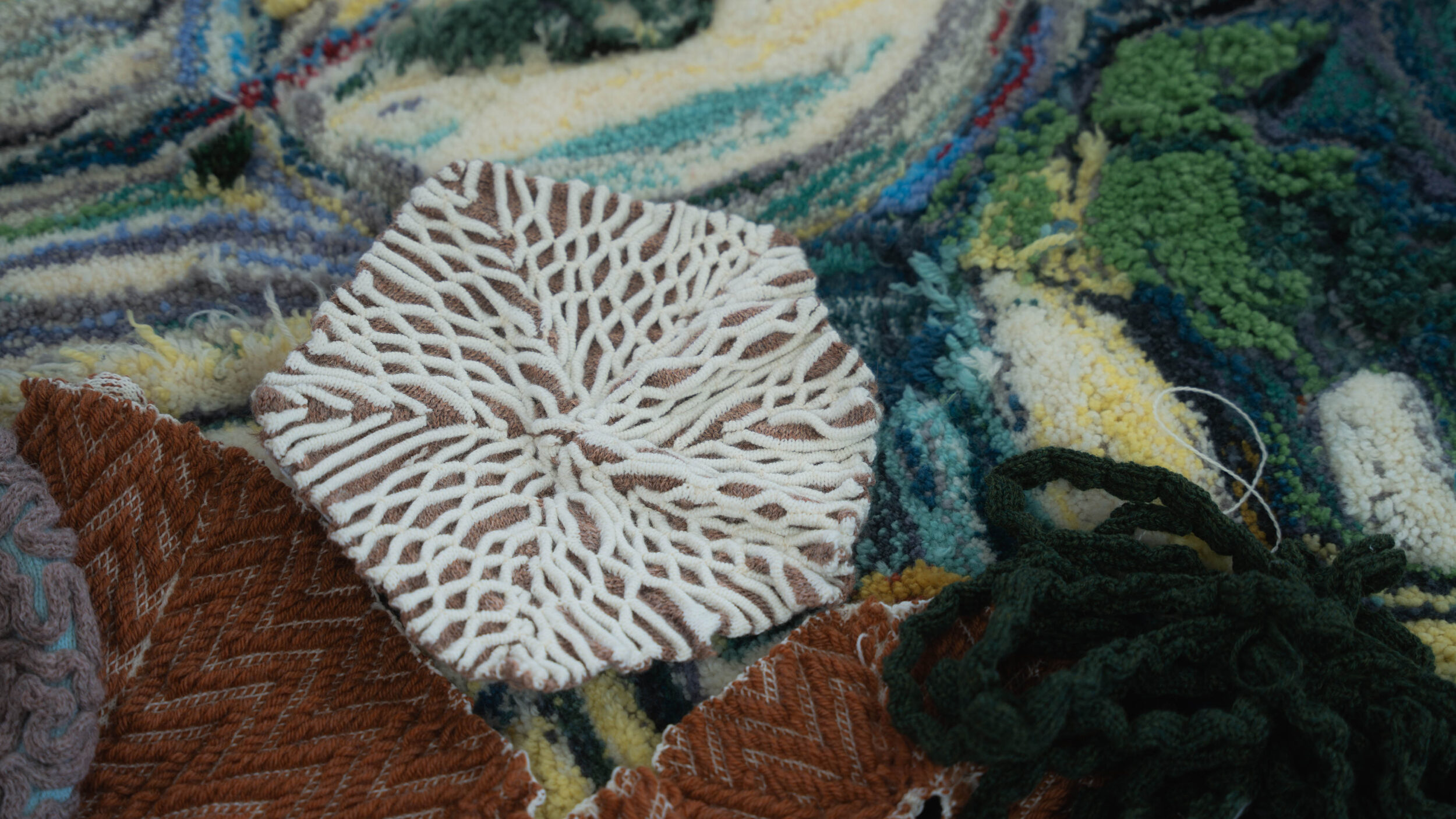
The title of this installation, “Dunes and Dugongs”, is a nod to the role-playing game “Dungeons and Dragons” (DnD). In DnD, players engage in interactive narrative world-building, making critical choices as players navigate challenges—some leading to peril and others to survival and progress. Similarly, this project invites you to reflect on your role in shaping the world. It asks you: “Will your decisions lead to further destruction, or will you contribute to a better future?” Without immediate individual and societal action the climate crisis will be irreversible.
Team members:
- Joshua Rodenberg
- Charlotte Rodenberg
- Esther de Veuve
- Neihan Yaqoob
Community Partner:
- Liwan Design Labs and Studio
El Zaffah

“El Zaffah” delves into the wedding tradition of the Zaffah, lively music and dance processions popular in Egypt (North Africa), Qatar (the Gulf), and Palestine (the Levant). The project explores the regional variations of this practice by deconstructing and analyzing its key components. In doing so, it reveals the unique and shared aspects of these Arab wedding practices. Through immersive audiovisual recordings of musicians, dancers, and performers, the installation offers a fresh perspective on this cultural ritual. Visitors are invited to experience the Zaffah’s joyous energy and deep cultural significance, fostering connections across traditions and a richer appreciation of shared human experiences.
Team members:
- Hadeer Omar
- Maryam Al-Homaid
- Yasmeen Suleiman
- Simone Muscolino
- Lana Abou Selo
- Ayza Sheikh
- Erzum Naqvi
- Omar Al-Ziani
- George Paul
Greener Greenhouse goes GMT
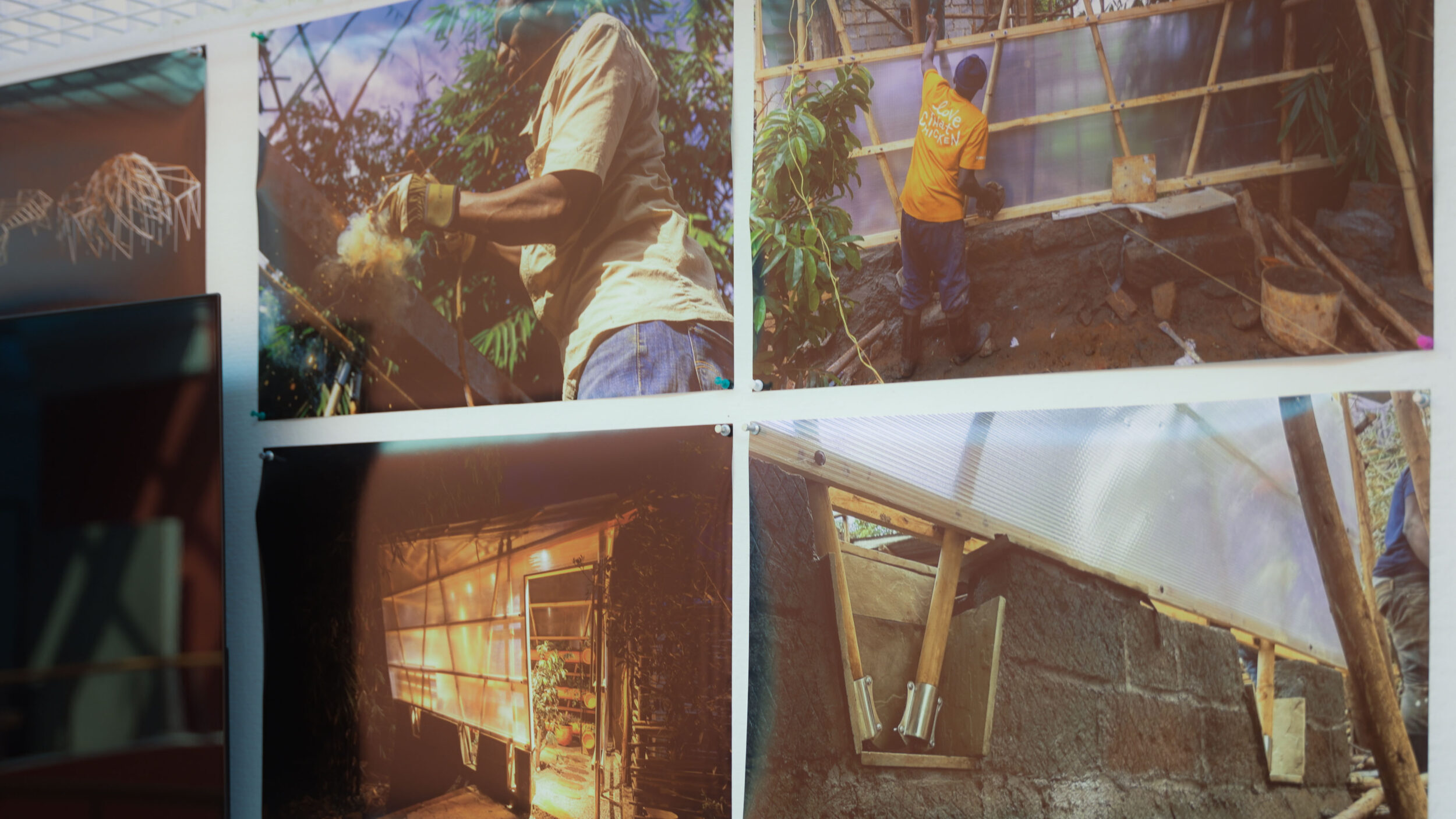
With eyes for London but erected in Kenya, “Greener Greenhouse goes GMT” is a space that grows from its place. The bamboo for the structure grew mere meters away. Informed by the Victorian glasshouse, “Greener Greenhouse goes GMT” is a modest echo of Joseph Paxton’s 19th century Crystal Palace. The structural principle of the project builds on experiments with bamboo greenhouses from the perspective of the Global South. Unique friction joinery embodies Kenya’s social material context of:
● second hand market for rubber;
● resourceful metal workers; and
● bamboo in abundance
The project is a Crystal Palace reverberating back from the Global South – an echo slightly changed.
Team members:
- Dr. Johan Granberg
- Dr. Byradley Yyelland
- Rebecca Wasikye
- Lolwa Al-Thani
- Nour Mahmoud
- Khulood Almaskar
- Ayah Abdelwahab
- Rand Assad
- Ayah ElFihal
- Israa Mahjoub
Nature’s Alchemy
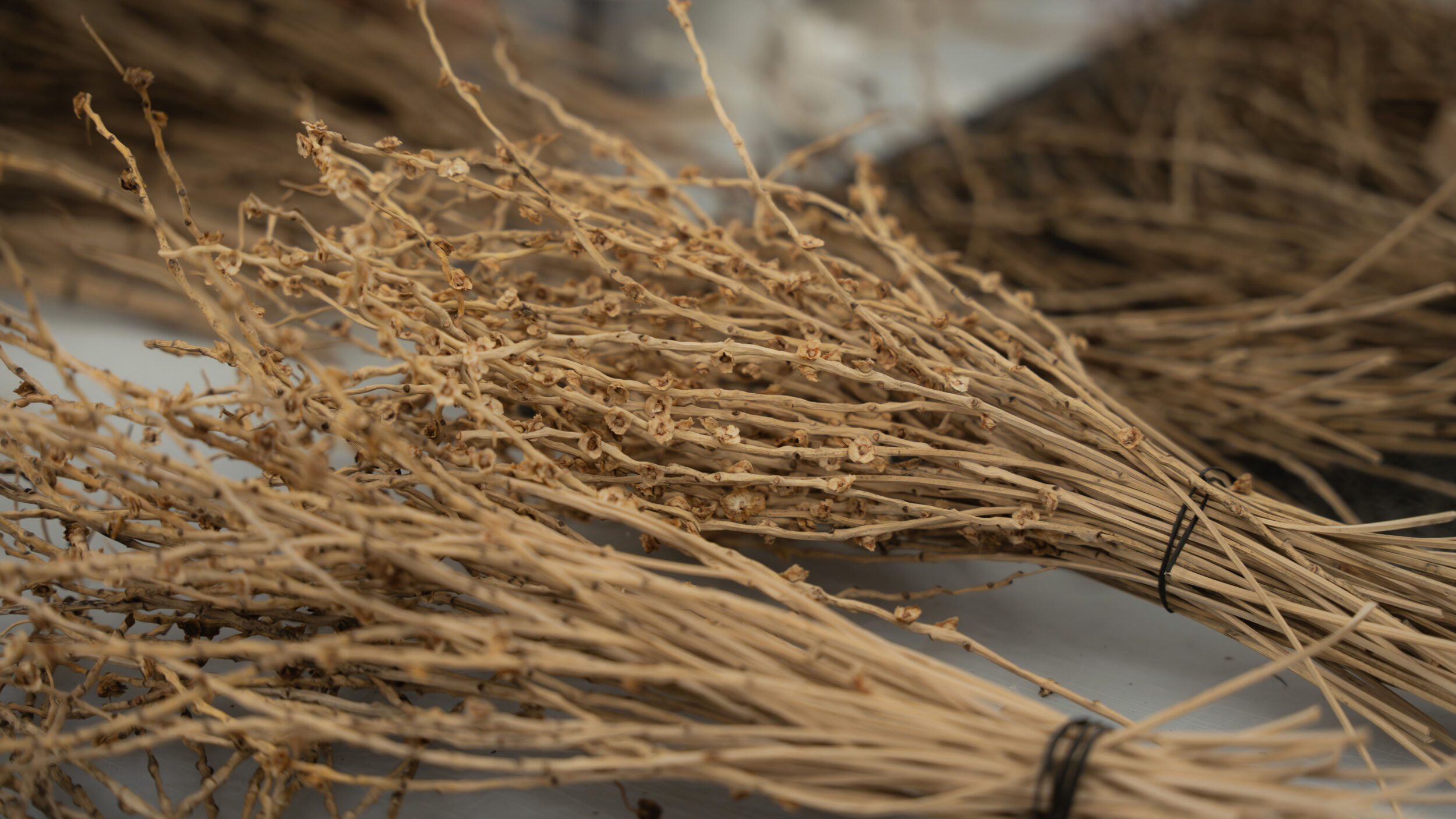
Nature’s Alchemy seeks to capture the often-overlooked cyclical essence of nature through the exploration of the date palm, a vital element in the region’s cultural and religious context. The project examines the palm’s sacred, structural, and protective qualities, emphasizing its role as sustenance and its spiritual significance.
Team members:
- Stella Colaleo
- Basma Hamdy
- Ghada Al Khater
- Naima Almajdobah
- Yasmeen Suleiman
Stone Plus
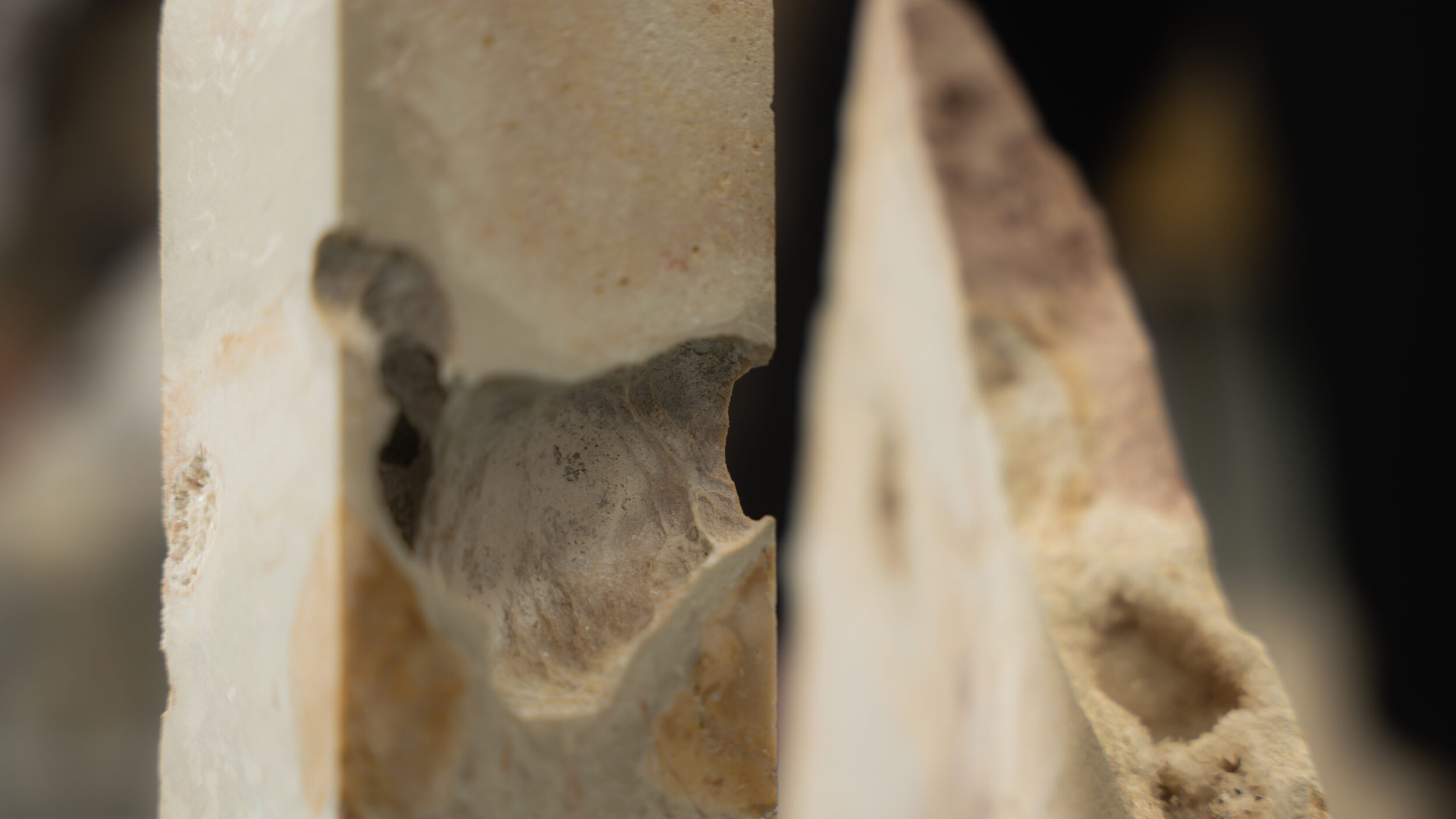
“Stone Plus” explores the potential of a unique sedimentary stone sourced from the Al Khor area in Qatar. Slabs of this material were originally intended for the cladding of buildings in a groundbreaking regeneration project in downtown Doha. However, due to inherent impurities and structural fragility, it could not be utilized. Our research focused on finding ways to repurpose the material. We developed strategies to strengthen the material and turn its imperfections into meaningful design features. The result is this collection of furniture that can be transported flat and assembled on site using very simple tools.
Team members:
- Marco Bruno
- Levi Hammett
- Simone Carena
- Mohammad Suleiman
- Dr. Haithem El-Hammali
Industry Partner
- Erika Pisu
Tatreez Unbroken
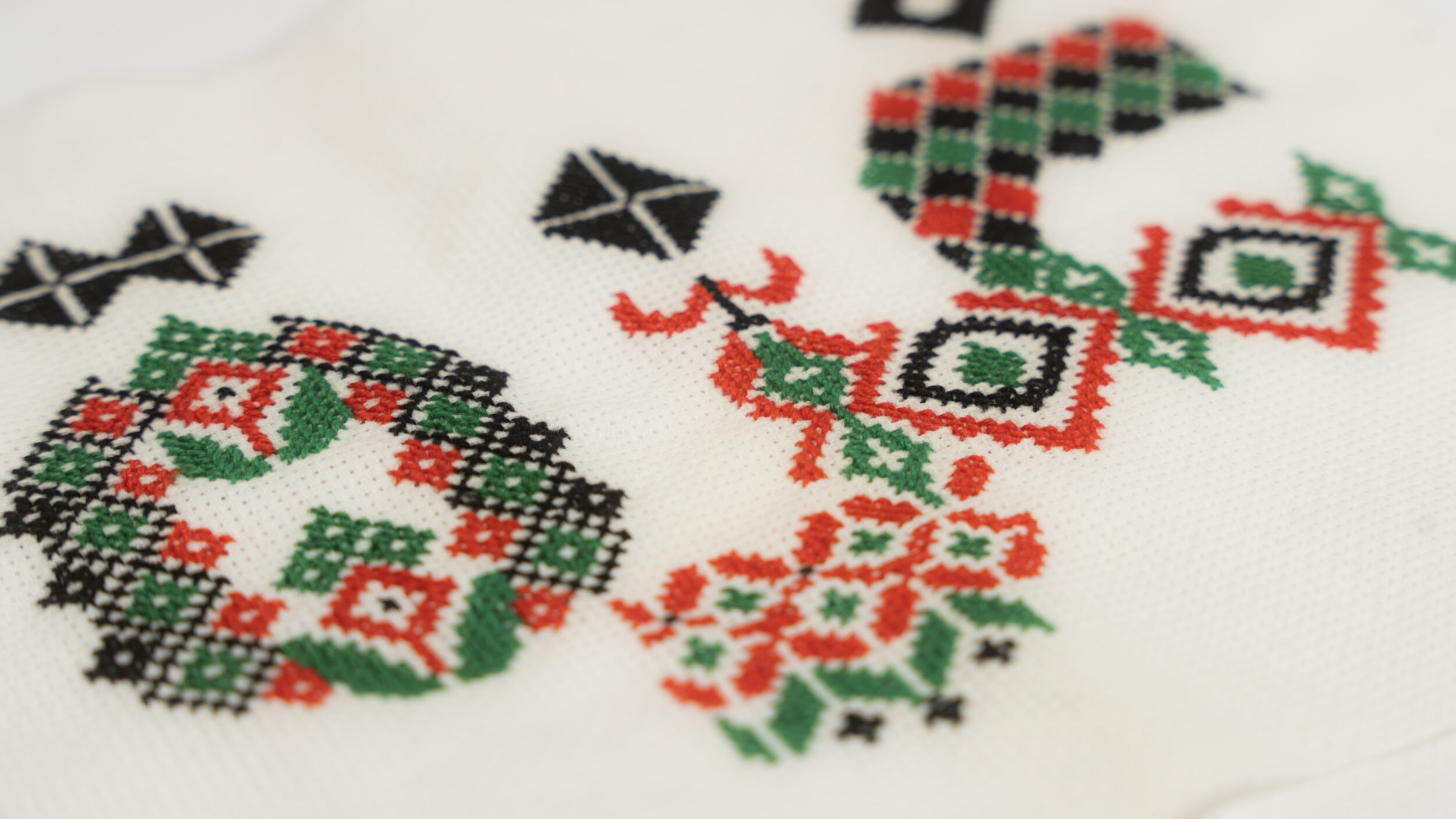
Tatreez Unbroken brings to life the enduring spirit of Palestinian refugee women from Gaza who were relocated to Doha-Qatar. This project focuses on the creation of an Arabic typeface, intricately designed and inspired by the meticulous and culturally rich craft of Tatreez. Each letter becomes a symbol of resilience, weaving together the threads of history, identity, and defiance against oppression. Through this unique fusion of typography and Tatreez, the voices of Gaza’s women echo loudly, asserting their place in the ongoing struggle against genocidal violence.
Team members:
- Basma Hamdy
- Naima Almajdobah
- Selma Fejzullaj
- Shima Aeinehdar
- Zainab Al Shibani
Industry Partner:
- The Typecraft Initiative
Community Partner:
- Hazati

